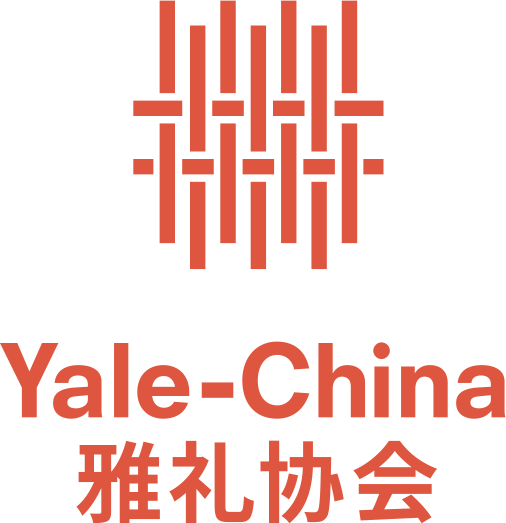Reason 论证
How do you know? What makes you say that? 你是怎么知道的? 你为什么会这样说?
Why? 为什么?
This routine helps students answer: describe what they see or know and asks them to build explanations. It promotes evidence- based reasoning, and, because it invites students to share their interpretations, it encourages students to understand alternatives and multiple perspectives.
这个流程可以帮助学生回答:描述他们看到或知道的,并要求他们做出解释。它主张基于证据的推理,并且因为它邀请学生说出自己的解释,从而鼓励学生理解其他选择和多视角。
Activity #1
Look at the artwork. What’s going on? What do you see that makes you say that?
观察此艺术品,发生了什么?你看到了什么才会让你这么说?
Why? 为什么?
This routine reveals and encourages the process of reasoning by asking students to formulate an interpretation of something and support it with evidence. By pushing students to ask questions about their interpretation, it helps students see that reasoning is an ongoing process that is as valuable for raising questions as it is for providing answers.
这个流程通过要求学生对某件事形成解释并用证据支持它来揭示和鼓励推理的过程。通过促使学生就他们的解释提出问题,有助于学生认识到推理是一个持续的过程,对于提出问题和提供答案同样有价值。
Activity #2
Make a claim about your topic. Claim – An explanation or interpretation of some aspect of the artwork
Identify support for your claim. Support – Thing you see, feel and know about your claim
Ask a question related to your claim. Question – What’s left hanging? What isn’t explained? What new questions does your claim raise?
就你的主题提出你的看法。看法即对该艺术品某些方面的解释或演绎从而支持你的看法。支持即关于你的论点你所看到的,感受到的和了解到的。提出与论点相关的问题。问题即悬而未决的是什么?什么还没有解释?依照你的论点提出了什么新问题?
